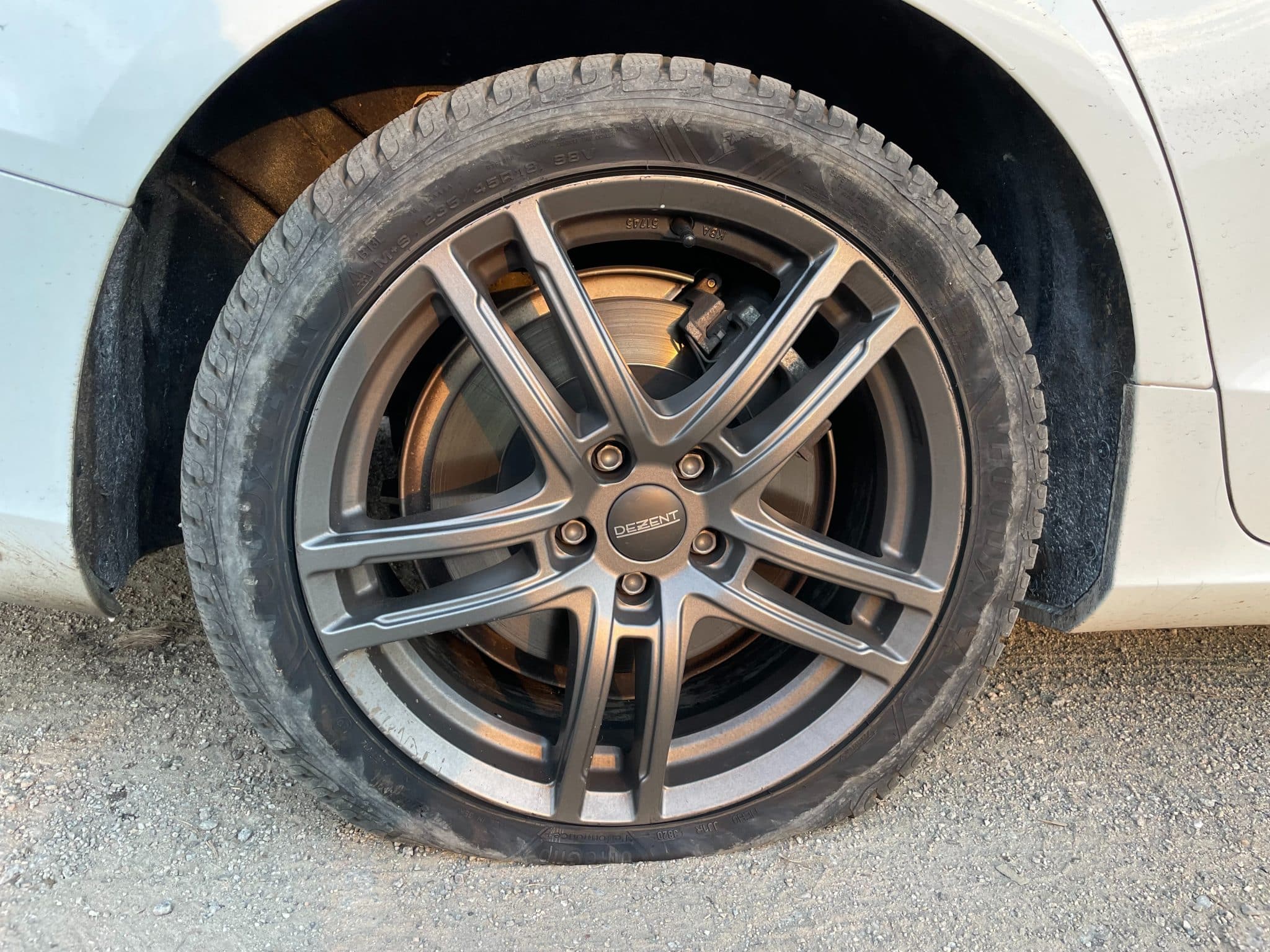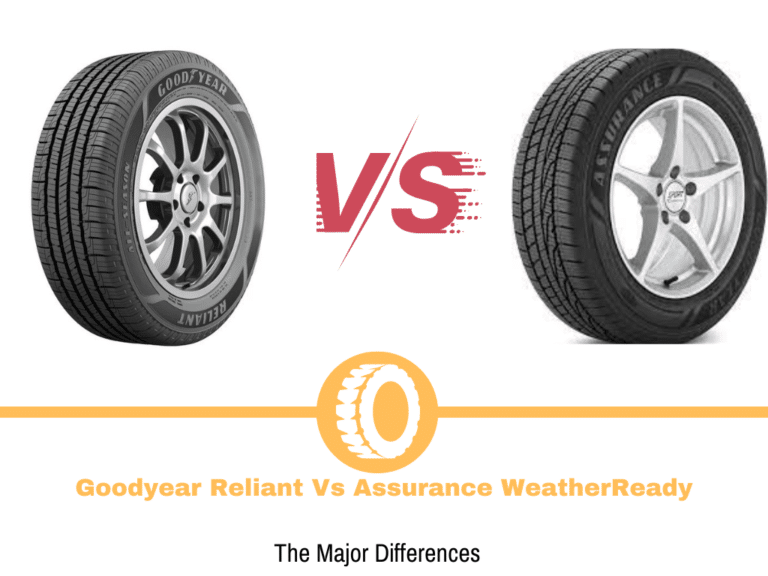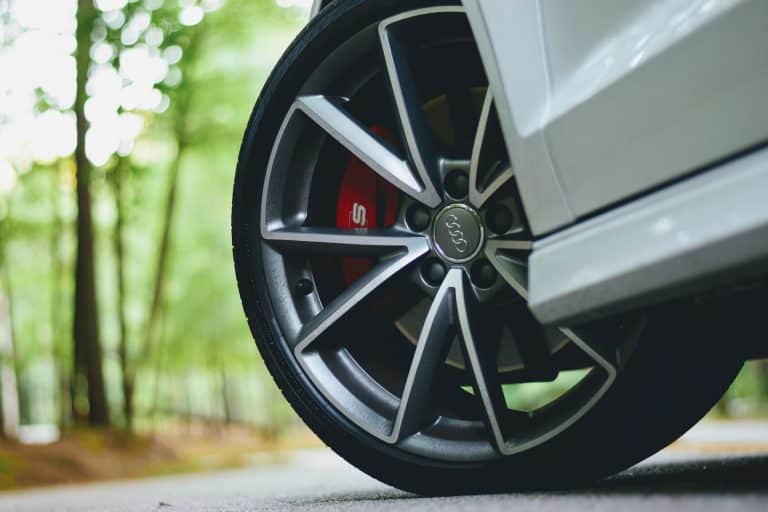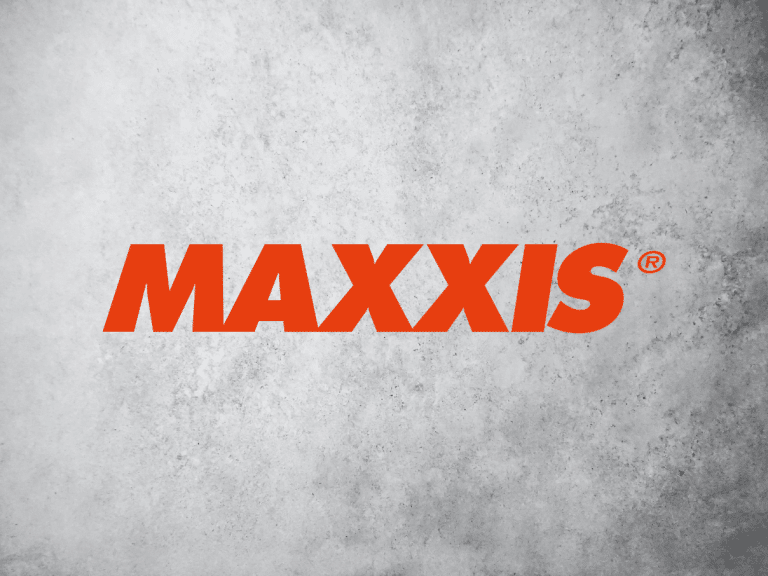What are Run-Flat Tires and how do they differ from the Regular ones?
Over the decades, as the technology progressed, tires became more and more durable. There were times when tires didn’t last too long, something that’s not an issue today. As good as all of this sounds, tires aren’t indestructible and sometimes people have the unfortunate luck of having a flat tire.
For a long time, the only way to get around this issue is to use a spare tire. You get a flat, pull over, fit the spare, and drive straight to the tire shop. It takes some work, but at least you won’t be stranded on the side of the road. To save costs and reduce weight, car manufacturers began removing the spare tires and replacing them with repair kits, which I’m not a fan of.
So, regardless if we’re talking about spare tires or repair kits, they aren’t the most ideal solutions, but they work. With that said, what if there is an even better option?
In the past few decades, manufacturers have been working on improving run-flat tires. If you’re unfamiliar with the term, in today’s guide, I’ll explain what they are and how they differ from the regular tires most of us drive.
What are Run-Flat tires?
Run-flat tires are models you can use even when you experience a loss of pressure due to a puncture, mostly. They are designed so that they can withstand the weight of the car so that you can continue driving. Manufacturers achieve this thanks to a special design that enables the tires to support weight even when the internal pressure is lower than it should be.
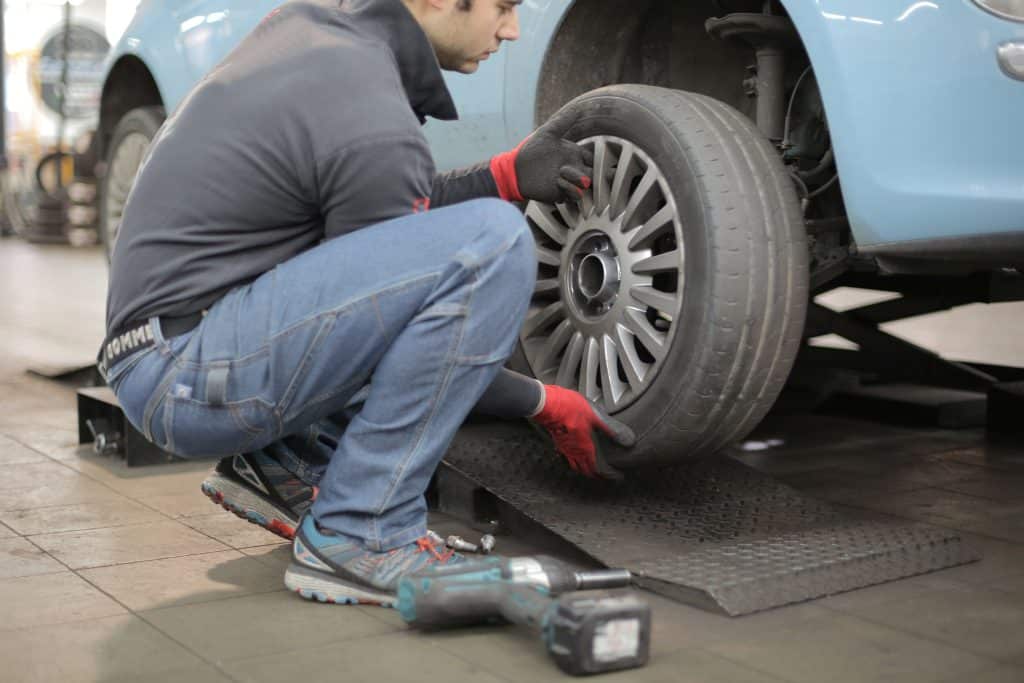
It sounds excellent, but even run-flat tires have some limitations. There are some variations here, but in most cases, they should be fine for up to 50 miles at speeds no higher than 50 mph. The idea behind these tires is to eliminate having to change the existing tire, but you’ll still need to visit the tire shop.
Types of Run-Flat tires and how do they work?
At the moment, there are three types of run-flat tires. Two of them offer the same weight-support features, but they achieve that using different approaches. The third type does things differently, so let’s talk about each one.
Self-Supporting
The most common type of run-flat tires you’ll find are the self-supporting ones. To achieve this, manufacturers design them with a reinforced sidewall that delivers those properties.
When you lose pressure in the tire, the weight falls on the sidewalls. Thanks to the reinforcement, they can handle the weight and will offer some performance that should be enough to get you to the closest tire shop.
The main reason these are the most common is that there aren’t too many requirements for fitting them, at least in terms of wheel type. As long as you have TPMS on your car, you can fit any self-supporting run-flat model.
Support Ring
The second type of run-flat tires are the ones that have a support ring. Unlike the previous type, these tires rely on an additional support system that’s designed to hold the weight of the car.
With the support ring system, you’re relying on a special ring usually made from hardened rubber fitted on the wheel. It’s not as high as the sidewall under normal conditions, so the tire will squat a bit, but it won’t get squished from the weight of the car.
These types of tires aren’t as common because they are a bit more expensive. Besides that, fitting the support ring needs special types of wheels, so it’s not a set of tires that you can install on any car.
Self-Sealing
The last type of run-flat tire is the self-sealing one, which is a bit of a combination of the first type with a bit of twist. With these tires, you have two options to rely on. The main aspect of these is the thick polymer on the inside of the tire, which should help it seal as soon as there is a puncture. This works only if the puncture is on the tread section of the tire and it isn’t bigger than 3/16th of an inch. There are some variations here, but that’s the ballpark.
This process happens instantly, so in most cases, you won’t even notice that there is a puncture. At least that’s how the tire should work. If this doesn’t happen, the second aspect is the self-supporting sidewalls which will hold the weight. In this case, it’s the same option as the first type I mentioned.
These are rare and very expensive tires, so it’s no wonder that we don’t see them too often. The positive side is that you don’t need special wheels like with the support ring run-flat tires.
How are Run-Flat Tires Different from Regular ones?
The fundamental difference between run-flat and conventional tires is the ability to continue driving when you have a puncture. Depending on the side of the puncture, regular tires may go flat in a matter of minutes, so you won’t be able to drive far. With run-flat tires, the idea is to extend that distance up to around 50 miles to reach a tire shop.
Regardless of which type of tire you’re looking to get, the abilities are similar. All of them are as limited as space savers in terms of distance and speed. As for fixing them, that depends on the type of damage. A smaller puncture can be fixed easily, as long as there aren’t too many patches in that area. You can ask the tire technician to give you the best course of action.
Advantages of Run-Flat Tires
Run-flat tires exist to mitigate some problems we face with conventional tires, and they do that pretty well, up to a point.
The primary advantage of run-flat tires is the ability to continue driving with a puncture. This is an excellent thing, especially with cars that have a repair kit instead of a spare tire. The kits cannot fix any puncture, so a larger hole can leave you on the side of the road. Some cars have a space saver, which is in my option a better option than the kit. With that said, in the event of a puncture, you’ll need to stop and change it. Unfortunately, some people don’t know how to do this.
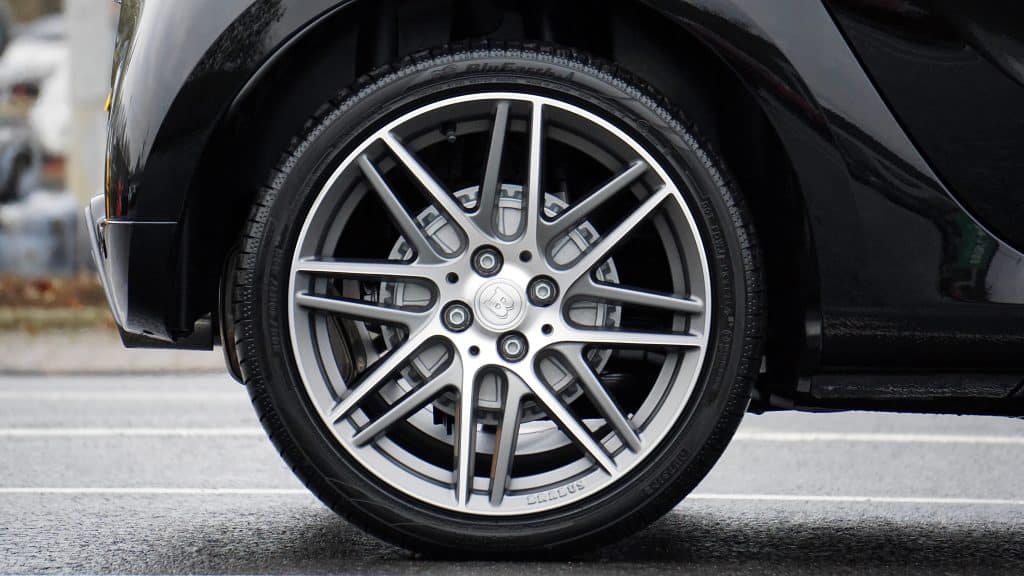
Run-flat tires eliminate the need to use a repair kit or replace a tire because you can continue driving. With that said, it’s important to note that they aren’t a permanent solution, so you’ll need to go to a tire shop as soon as possible.
Another advantage of run-flat tires is the performance, at least when compared with space savers. The supporting mechanism of these tires allows you to use the full width of the contact patch, so you won’t lose too much performance on that corner. Don’t get me wrong, a punctured tire shouldn’t be pushed, but it’s good to know that you’re not losing a lot in daily driving scenarios.
The main thing to note here is that I’m comparing a run-flat tire with a space saver. If you compare the performance levels with a full-sized spare, then the run-flat tire will be at a massive disadvantage.
With space savers, you’re getting a thin tire, which has a lot smaller contact patch, so that corner will suffer from reduced grip levels. My IS250 is running 245 in the rear and the space saver is less than half of that, meaning that I’m getting a lot less contact with the road.
Disadvantages of Run-Flat Tires
In theory, run-flat tires seem like the perfect type of tires, but that’s not true. There are some drawbacks to these models, so let’s see what they are.
The main thing most people will notice is the price. I cannot give you an exact price difference as there are a lot of factors that impact it, but we’re not talking about a difference of several dollars. You may look at 30 or 40 percent more per tire for a run-flat tire, and this is in the best possible scenario.
Special wheels are the second disadvantage, at least if you’re looking at run-flat tires with a support ring. There are certain specifications about what kind of wheels you need, so technically this revolves around the price. On top of the higher price per tire, you’ll need to get a new set of wheels.
Whenever we talk about run-flat tires, we mention comfort levels. The reinforcement in the sidewall means that the flex is reduced. This is excellent for holding the weight of the car, but it won’t do any favors in terms of comfort. In almost all cases, run-flat tires provide a firmer ride when compared with the regular ones.

If you’re an enthusiast, you probably know all about the unsprung weight of a car and how it can affect handling. Run-flat tires aren’t the best option for that. Regardless of which type you get, expect a heavier tire. You can mitigate the issue a bit with a lighter wheel, but it costs more and you’re still getting a heavy set.
Finally, we come to availability, which is another problem you may face. When compared with regular tires, there are only a handful of run-flat models. This, combined with the higher prices, limits your options a lot. Plus, run-flat tires should be used only on cars with TPMS, so if you don’t have that, then I wouldn’t recommend getting a set.
Conclusion
On paper, run-flat tires seem like an excellent choice, but that’s not always the case. Yes, they offer plenty of advantages, but they also come with a few disadvantages as well.
Having a tire that can continue running with a puncture is excellent. You won’t have to use a repair kit or a spare, which is pretty handy. With that said, you won’t be able to drive far, so they’ll be good to get you to the nearest tire shop.
It sounds fine, but there are some tradeoffs. The higher price point, combined with the lack of options and the reduced comfort, are among the most common things people notice.
At the end of the day, the decision is yours. If you can live with the disadvantages, then you’ll be happy with the advantages that run-flat tires can offer.
